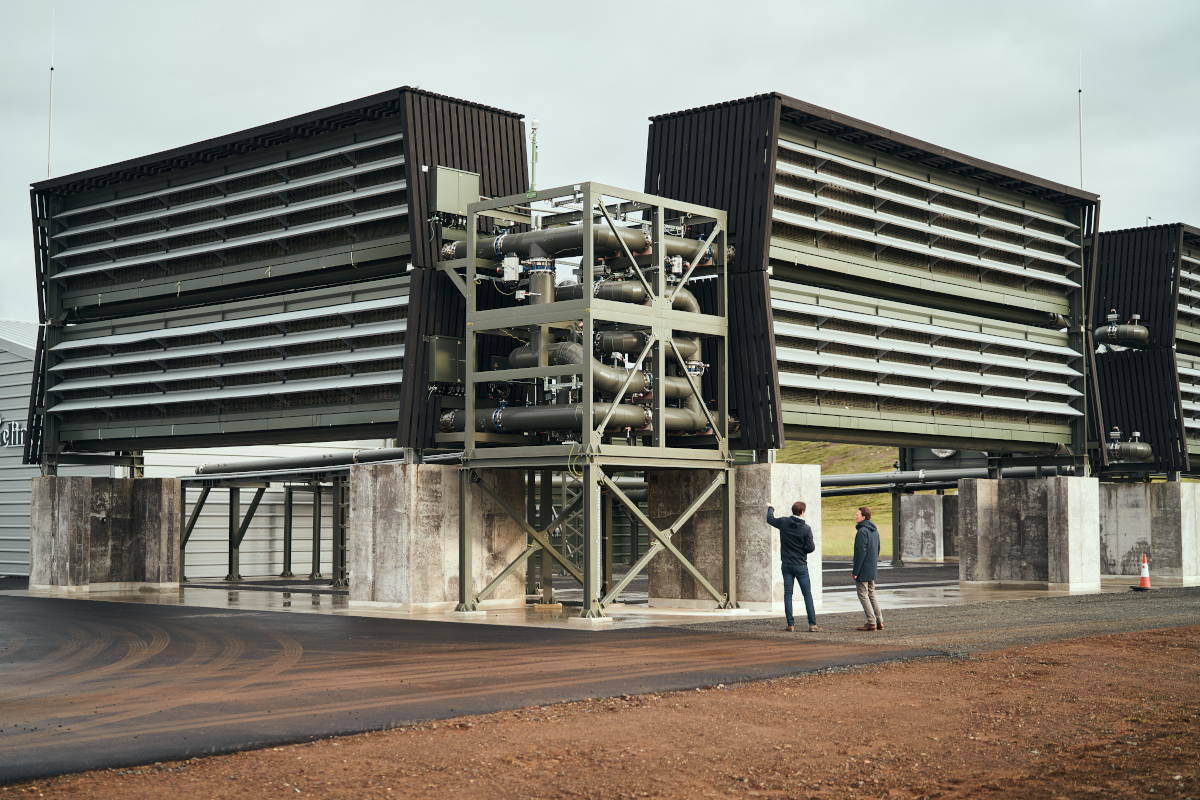
Announced as a milestone in the direct air capture (DAC) industry, with the capacity to capture 4000 tons of CO2 per year, the world’s largest DAC facility went online in Iceland on 8 September.
The Orca is a DAC facility constructed by Zurich-based Climeworks, with support from Microsoft.
With its sights apparently set on “megaton removal capacity by the second part of this decade”, Climeworks is one of a number of firms hoping to demonstrate the cost effectiveness of DAC, a method of carbon capture that faces formidable technological and economic hurdles but which is now widely viewed as indispensable in the effort to meet climate targets.
Scalability is presented as a key strength of Climeworks’ offering. As the firm explains: “The construction of Orca started in May 2020 and is based on advanced modular technology in the form of stackable container-size collector units. These units are powerful and compact with minimal physical footprint. This has made it possible for Orca to be operational in under 15 months. Compared to the previous technology generation, the use of steel in the collector units has been reduced by roughly half per output unit.”
Climeworks describes it as a “first-of-its kind plant that translates the vision of industrial-scale direct air capture and storage into reality”.
How it works
The plant comprises eight air collection containers, each holding several dozen cylindrical fans, which suck in ambient air and filter CO2 from it. What’s trapped is heated, mixed with water, and pumped deep underground. The plant will pull 4,000 metric tons of carbon dioxide from the air per year in total, which the company anticipates will be stored for “thousands of years.”
The facility leverages partnerships with ON Power, an Icelandic geothermal energy provider, which supplies clean renewable energy to power the Orca plant, and Carbfix, experts in “rapid underground mineralization”, a technique whereby the air-captured CO2 (following the aforementioned mixing-with-water and pumping-underground stages) is trapped in stone through “a natural mineralization process that takes under two years.”
Christoph Gebald, co-CEO and co-founder of Climeworks, said: “We are proud, excited, and beyond delighted to have arrived at this stage in our journey to reverse climate change. Orca is now a reality, and it is a result of concerted efforts from every stakeholder involved. I want to take this opportunity to convey my gratitude and appreciation to the Government of Iceland, our partners in Iceland, our trusted investors, our corporate clients and pioneers, partners, the media, and our team of Climeworkers in making Orca a reality.’’
Jan Wurzbacher, co-CEO and co-founder of Climeworks, said: “Orca, as a milestone in the direct air capture industry, has provided a scalable, flexible and replicable blueprint for Climeworks’ future expansion. With this success, we are prepared to rapidly ramp up our capacity in the next years. Achieving global net-zero emissions is still a long way to go, but with Orca, we believe that Climeworks has taken one significant step closer to achieving that goal.’’
Cimeworks is hosting an event, the Direct Air Capture (DAC) summit, on 14 and 16 September. Further details and a list of speakers is available here.







